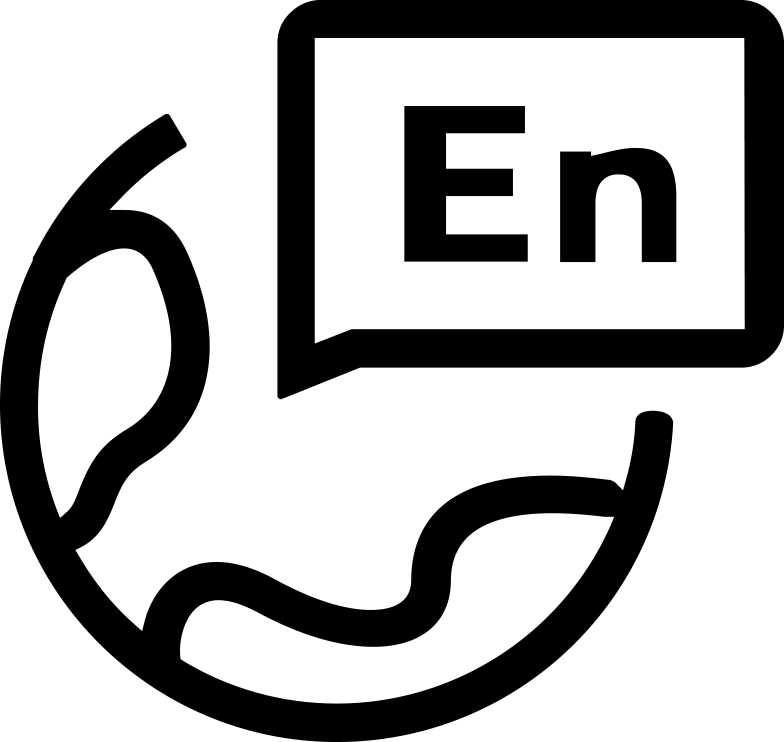I. Case Background:
The Plight of Art Professionals Facing Nearly 400,000 Yuan in Smuggling Charges
At the end of 2023, the director of an art museum was investigated by the Customs Anti-Smuggling Bureau on suspicion of underreporting prices to smuggle over 30 pieces of art (with a case value of over 3 million yuan and evading nearly 400,000 yuan in taxes). The indictment alleges that the director orchestrated employees to contact freight forwarding companies to underreport prices for imported artworks and falsely declare commercial goods as “personal use items” to underreport prices upon entry, among other methods of smuggling. If convicted, the defendant faces up to three years in prison.
II. Defense Strategy:
Three Strategies to Disassemble the Prosecution's Evidence Chain
After accepting the case, Attorney Li Xiaoxi employed a three-pronged strategy to reconstruct the case logic: unit crime segmentation, exclusion of subjective intent, and refutation of price evidence:
(1) Unit Crime Segmentation — Eliminating 180,000 Yuan of Criminal Liability
Core Evidence: Newly obtained materials, including art exhibition contracts, art gallery WeChat official account posts, and company accounting vouchers (10 documents in total), confirm:
1. Nine of the involved artworks were imported by the art gallery for the purpose of hosting an exhibition;
2. The transportation contract was signed, fees were paid, and ticket revenues were all attributed to the art gallery's parent company;
3. Legal characterization: As the actual controller, the defendant's smuggling actions were for the benefit of the entity, and the amount of tax evasion did not reach the 200,000 yuan threshold for initiating a corporate crime case, thus not constituting a crime under the law.
(2) Exclusion of subjective intent—excluding over 60,000 yuan in liability
Regarding the Customs Bureau's accusation that a certain artwork evaded over 60,000 yuan in taxes, this was due to a transportation error by the shipping company, which mistakenly transported an artwork valued at 20,000 USD as another high-priced artwork. Therefore, the party only had the intent to underreport the value of the 20,000 USD artwork, while the subsequent re-transportation and pricing were handled independently by the shipping company, with no common criminal intent. This portion of liability should be legally deducted.
(3) Price Determination Overturned — Undermining the Tax Base
Invoice Authenticity in Question: Overseas invoices were formatted inconsistently and lacked critical information, rendering them ineligible as evidence of the transaction price;
Insurance Amount ≠ Actual Value: The insurance policy explicitly stated that claims would be settled based on the lower of the declared value or market value, with the high insurance amount serving as a risk mitigation measure;
10 artworks were not seized: There is no physical evidence to verify the actual price, and the evidence chain for determining the evaded tax amount is broken.
III. Key Outcomes:
From nearly 400,000 to 100,000, crossing the threshold of criminal liability
Through the above defense, Attorney Li Xiaoxi restructured the total tax evasion amount to over 100,000 yuan. Combined with the defendant's self-surrender, plea of guilty, and other mitigating circumstances, the procuratorate ultimately decided not to prosecute the defendant.
IV. Legal Value:
Clarifying the Boundaries Between Criminal and Civil Liability in the Art Industry
The decision not to prosecute in this case has three significant implications:
1. Standards for determining corporate crimes: Clarifying that “actual controller decision-making + corporate benefit” should be prioritized as corporate crimes to prevent individuals from becoming scapegoats;
2. Rules for determining the value of artworks: Rejecting the mechanical reliance on overseas invoices or insurance policy amounts as the sole basis for tax calculation;
3. Protecting cultural innovation: Avoiding a wrongful conviction that could lead to the closure of an art gallery, thereby safeguarding the healthy development of private art institutions.



